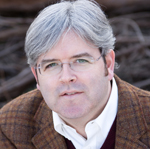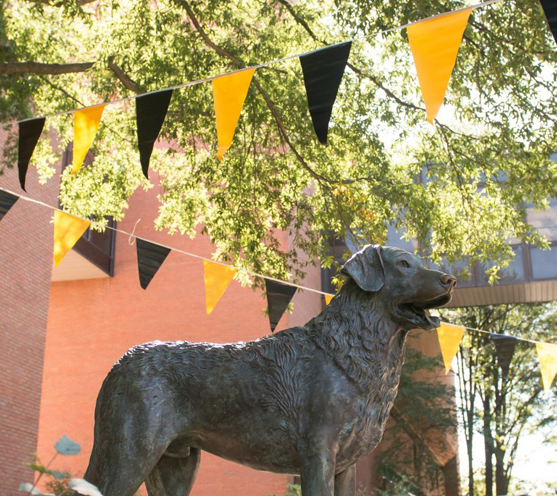 Universities are filled with people who have great ideas.
Universities are filled with people who have great ideas.
In fact, the view that universities act as a repository of great ideas has a firm hold on the public imagination. Students go to classes to obtain these ideas. Professors pore over tomes or fiddle with knobs and text tubes in traditional laboratories. And universities didn’t gain a reputation of “ivory towers” where ideas were chewed over in isolation out of thin air.
Yet I hope this issue of UMBC Magazine may help you rethink the notion of our university as a place that contains ideas Because if the feature stories in this issue have a common theme, it is that the great ideas our faculty, students, alumni and staff have at UMBC don’t exist only to be debated or discussed or memorized. They also form the basis for doing and making.
Our feature on innovative spaces for research and teaching highlight the energy and intelligence behind creating spaces where the best new thinking can be taught and acted upon. Whether it’s a CyberHive at the bwtech@UMBC that seeks to spark collaborations in the university’s burgeoning technology fields, a joint project (“The Collaboratory”) between the College of Natural and Mathematical Science and the Howard Hughes Medical Institute that will change teaching at UMBC, or an off-campus studio for visual arts graduate students that takes artists into the surrounding neighborhoods, the university is increasingly finding spaces for its community to think and create.
This article also points to another wonderful trend: UMBC alumni are carrying the banner of doing and making from the university into the local community. Betamore – a business incubator founded by Greg Cangialosi ’96, English – and The Foundery – created by Corey Fleischer ’05, ’08, M.S., mechanical engineering – are perfect examples of places where thinking is transformed into tangible acts of creation.
This same culture of creation is also present in Kathryn Masterson’s profile of Amy Hurst and Shaun Kane, assistant professors of human centered computing at UMBC, the culture of making is also at the heart of this duo’s work.
Hurst and Kane are rising stars in the field of accessibility and assistive technology for the disabled, and the community that they have created in UMBC’s Prototyping and Design Lab (aka “The Pad”) has drawn students and faculty from across disciplines into active collaboration.
It’s not just applied research and better ways of teaching that are being forged at UMBC. As Elizabeth Heubeck ’91 discovered in her profiles of five couples who found love at UMBC, relationships that last a lifetime are also being created at UMBC.
We hope this issue inspires you to reflect your own great idea and ask the question: “What can I do to make it happen?”
– Richard Byrne ’86
Tags: Winter 2014

